8. Disney-MGM Studio Backlot
The background
In the late 1980s, Disney's rivalry with Universal was at its most fierce. Universal was planning to move into Disney's Central Florida backyard by opening its own theme park in Orlando, taking advantage of a tourism market that Disney had largely created.
Disney CEO Michael Eisner threatened to escalate the war between the two companies, taking it into Universal’s heartland of Los Angeles. The company announced plans to build a major new retail and entertainment complex near its Burbank headquarters, just miles from Universal Studios Hollywood (which was in the midst of its own $120 million expansion).
Eisner said that the Burbank complex would “not be a second Disneyland in Southern California. Instead, it will be a new-generation Disney attraction.”
The plans
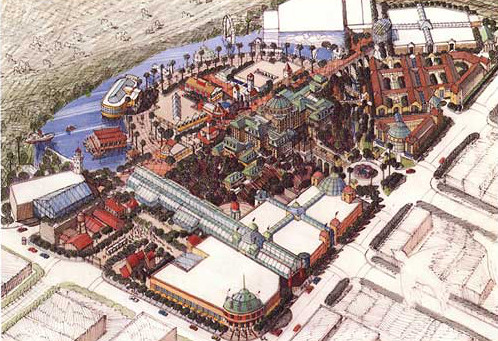
The Disney-MGM Studio Backlot was to be a new style of Disney property – one that combined elements of a theme park with retail stores and restaurants. A sort of theme park-shopping mall hybrid, if you will (a concept that seems much less unusual these days, with Universal’s CityWalk and Disney’s Downtown Disney / Disney Springs both placing third-party restaurants and shops right at the gates of theme parks).
Golden State Mall
About a third of the total area would be given over to shops and restaurants – but this wouldn’t be a bland mall. Instead, it would feature streets designed to resemble movie sets, allowing guests to shop on Paris’ Champs-Elysées or Tokyo's Ginza. Street performers would add to the atmosphere.
On the upper levels would be a host of high-concept nightclubs. One of these would feature audio-animatronic figures of historical characters, who would play out a story as guests partied.
California Canyon
A relaxing area featuring a trout stream and waterfalls would be dominated by the Hollywood Fantasy Hotel. This would be designed to celebrate Hollywood’s Golden Age, with each floor being dedicated to a different genre and rooms and suites being designed to resemble famous sets. Cast Members would wear costumes to add to the atmosphere. At the top of the hotel would be the Celestial Dining Room, which would feature a planetarium ceiling that would rotate as diners ate.
Backlot
Similar in style to Disney-MGM Studios, the backlot would host a number of recognizable locations. It would also be home to Disney’s main animation studio, which would be open to tours and would also host a museum. Nearby would be a 10-screen movie theater, the Star Quality Diner (where guests would dine surrounded by movie memorabilia) and the Soundstage Restaurant (which would host character meals).
The headline attraction was to be a clone of the Great Movie Ride, taking riders on a tour of iconic scenes from classic movies. A mysterious Star Tours-style simulator ride was also planned, along with an audience-participation attraction hosted in a working studio similar in concept to Disney-MGM Studios' Superstar Television.
In theory, these “backlot” areas were to be opened up to actual filming, enabling guests to see movie-making in action. In reality, the difficulties of combining a noisy visitor attraction with production may have made this all but impossible (as Disney found at Disney-MGM Studios in Florida).
Burbank Ocean
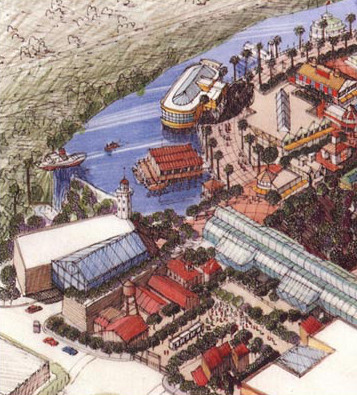
At the top of a multistory parking structure would be the 18-inch deep Burbank Ocean. This would be themed as an old special effects tank that was now open to guests, and would cleverly hide the nearby freeway by featuring a huge waterfall that would cascade down the side of the building (this would also hide the parking structure from the outside world).
A pier area would feature a host of midway attractions, including bumper cars and a funhouse. An enormous Ferris Wheel would emerge from the water itself, half-buried inside the parking structure.
The area’s restaurants would be spectacular. The Deep End would be designed to appear as though it sat at the bottom of a swimming pool, complete with a false water level and audio-animatronic “swimmers”. Madison’s Dive, themed around Splash, would feature windows looking out onto aquariums to give the impression of dining at the bottom of the ocean.
Finally, the Fish Out of Water restaurant would imagine what would happen if “beef lived in the sea”. Diners would be surrounded by traditional seafood restaurant décor – but the restaurant itself would be a steakhouse. Stuffed cows would line the walls, with 12-foot long lobster traps hanging from the ceiling.
What went wrong?
Universal was not about to take Disney's invasion of its turf lying down. Owner MCA funded a local activist group, Friends of Burbank, to protest against Disney’s plans. MCA filed a lawsuit against the city, accusing it of offering Disney an anti-competitive deal that would see it buy 40 acres of land for just $1 million, without offering similar terms to other interested bidders.
MCA Vice President Jay Stein told the Los Angeles Times in May 1987 that Disney had privately offered to drop its Burbank plans, if MCA gave up its own plans for a tour in Florida. Eisner denied this, saying: “As far as I know, we've never had a conversation with them in that area at all. We're going forward with Burbank in the next year. I have no idea what they're talking about.”
Besides its struggles against local opposition, Disney faced other problems with its California project. MGM, which had licensed its name for use at Disney’s Florida park, was furious that Disney had announced plans for a Disney-MGM-branded attraction in Burbank. Disney insisted it was on solid legal ground using the name.
In April 1988, however, Disney abandoned the plans for the Burbank complex. In a letter to Burbank officials, Alan Epstein, Vice President of Disney Development Co., described the decision as “extremely difficult”. Disney had reportedly spent some $2.5 million evaluating the scheme, but was “unable to justify the project financially.” MCA officials declined to comment, but were privately said to be delighted.
The legacy
The idea of a waterfront shopping, dining and entertainment district was not new to Disney, and the Lake Buena Vista Shopping Village at Walt Disney World was expanded into Downtown Disney in 1995. Disneyland gained its own version in 2001.
The pier area, with its midway attractions, was eventually adopted as Paradise Pier at Disney’s California Adventure.
Burbank did eventually go ahead with a retail development on the site, with Burbank Town Center opening in 1991.
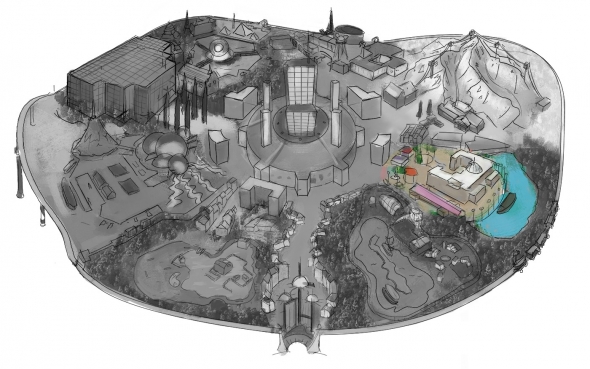
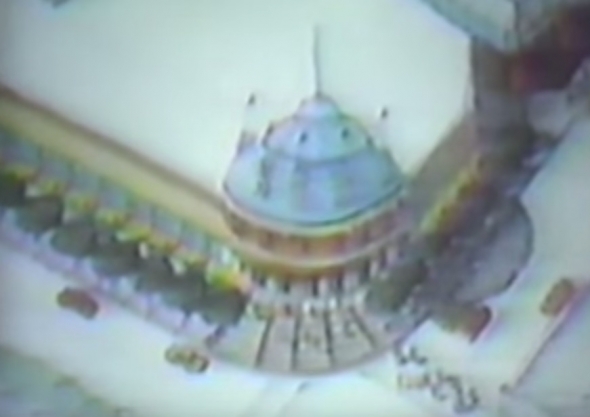
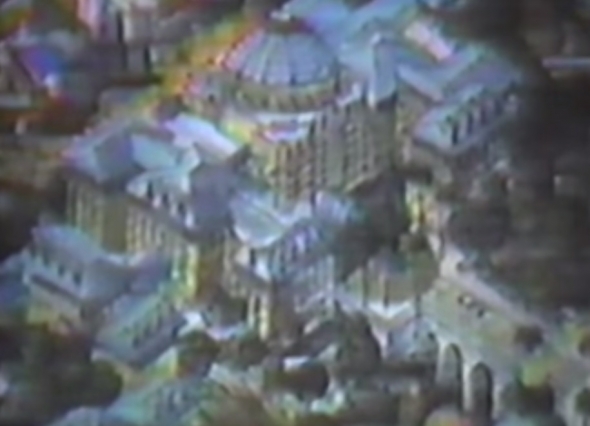
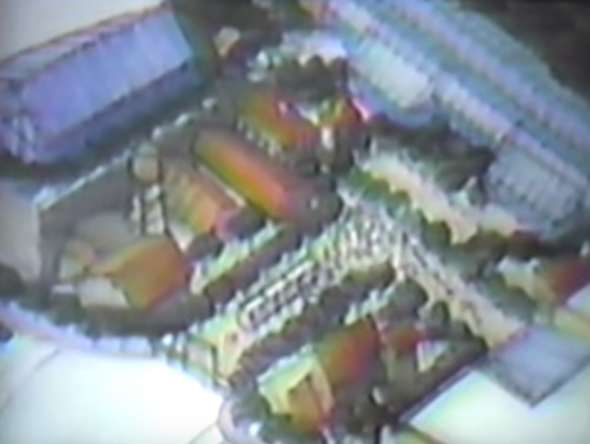
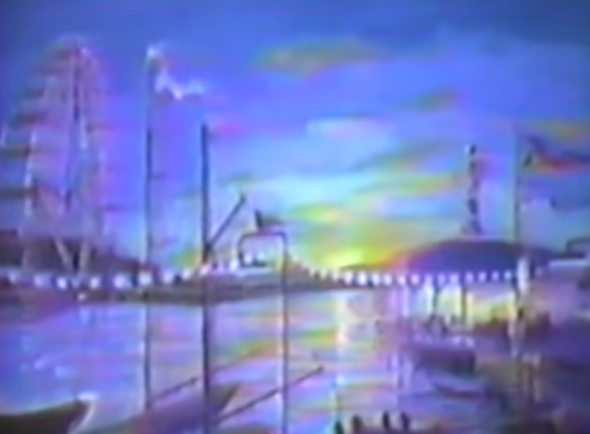
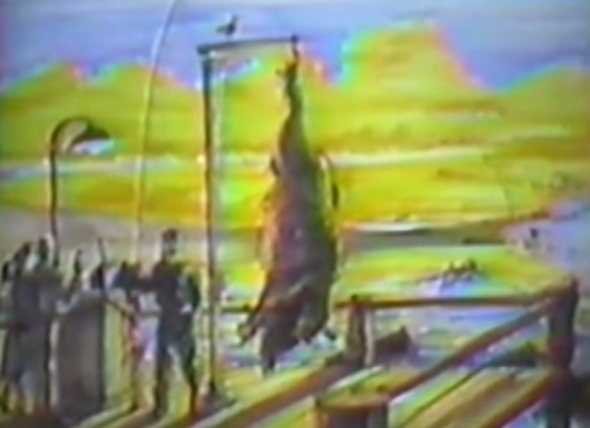
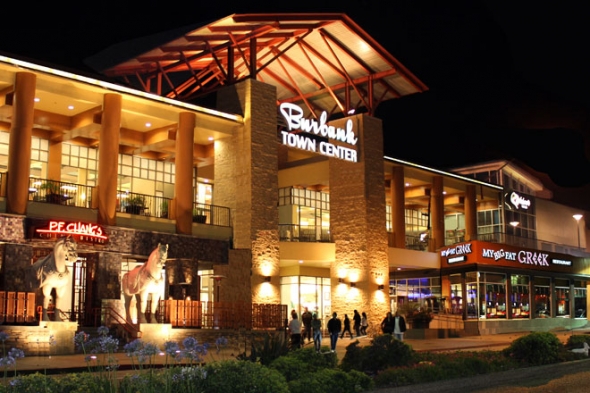
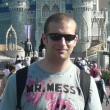
Add new comment